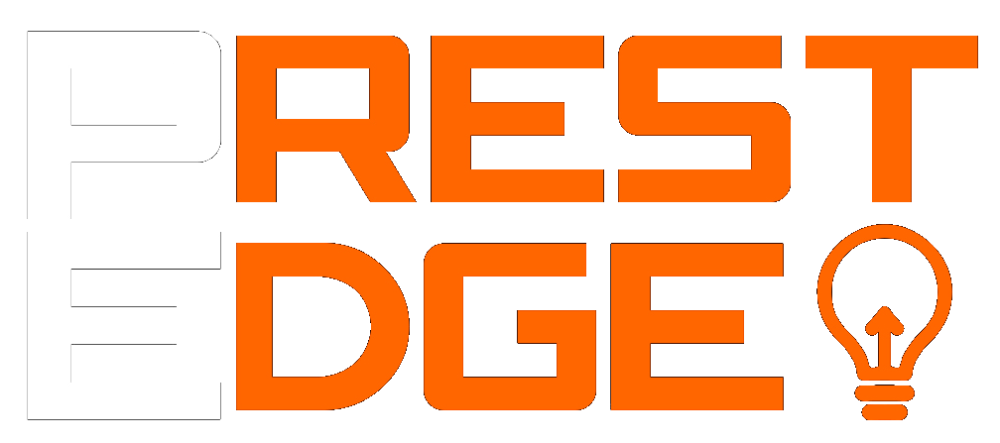In an era where digital landscapes are continuously evolving, content marketing remains at the heart of every successful digital strategy. As we step, creating content that not only engages your audience but also ranks high on search engines is more crucial than ever. This article explores the latest trends, best practices, and actionable strategies for crafting content that drives results.
1. The Importance of Content Marketing
Content marketing is more than just producing blog posts or social media updates—it’s about building relationships, establishing authority, and driving customer engagement. Key reasons to invest in content marketing include:
- Brand Authority: High-quality content positions your brand as an industry leader.
- Customer Engagement: Valuable content builds trust and nurtures long-term relationships.
- SEO Benefits: Well-optimized content improves search engine rankings and drives organic traffic.
- Cost-Effectiveness: Content marketing often delivers a higher ROI compared to traditional advertising.
2. Emerging Trends in Content Marketing
Staying updated with the latest trends is essential to maintain a competitive edge. Consider the following trends:
- Interactive Content: Quizzes, polls, and interactive infographics engage users and encourage active participation.
- Personalization at Scale: Use data analytics to deliver personalized content that meets the specific needs and interests of your audience.
- Visual Storytelling: Incorporate high-quality images, videos, and animations to make your content more engaging.
- Voice Search Optimization: With the growing use of voice assistants, crafting content that answers conversational queries is increasingly important.
- Long-Form Content: In-depth articles and guides continue to perform well for SEO, providing comprehensive insights that keep readers engaged.
3. SEO Best Practices for Content Creation
To ensure your content not only resonates with your audience but also ranks well on search engines, follow these SEO best practices:
- Keyword Research: Identify relevant keywords and long-tail phrases using tools like SEMrush or Ahrefs. Focus on terms that reflect user intent and have a good balance of search volume and competition.
- On-Page Optimization: Optimize titles, meta descriptions, headers, and image alt texts. Ensure your target keywords appear naturally throughout your content.
- Quality Over Quantity: Prioritize producing high-quality, original content that offers real value rather than churning out frequent low-value posts.
- Internal and External Linking: Use internal links to guide readers to related content on your website, and include external links to authoritative sources to boost credibility.
- Mobile Optimization: Ensure your content is accessible and displays correctly on all devices, particularly mobile.
4. Crafting Engaging and SEO-Friendly Content
Creating content that is both engaging and SEO-friendly requires a balanced approach:
- Compelling Headlines: Write clear, attention-grabbing headlines that include target keywords and spark curiosity.
- Storytelling Techniques: Use narratives, case studies, and real-life examples to make your content relatable and memorable.
- Scannable Layouts: Break up text with subheadings, bullet points, and images. This not only improves readability but also helps search engines understand your content’s structure.
- Call-to-Actions (CTAs): Encourage readers to take the next step—whether it’s subscribing to a newsletter, downloading a resource, or contacting your sales team—with clear and persuasive CTAs.
5. Leveraging Multimedia and Interactive Elements
Diversifying your content formats can significantly enhance engagement:
- Video Content: Incorporate short explainer videos, tutorials, or interviews to convey your message effectively. Video content often boosts time on page and shares.
- Infographics: Use infographics to present data and insights in a visually appealing manner.
- Podcasts and Webinars: These formats allow you to reach audiences who prefer auditory content and provide an avenue for deep-dive discussions.
- Interactive Tools: Consider embedding interactive calculators, assessments, or quizzes to make the content more engaging and memorable.
6. Measuring Content Performance
No strategy is complete without robust performance tracking. Use the following metrics to assess your content’s impact:
- Traffic and Engagement: Monitor page views, time on page, and bounce rates to gauge user interest.
- SEO Rankings: Track keyword rankings and organic search traffic to evaluate the effectiveness of your optimization efforts.
- Conversion Rates: Analyze how content influences lead generation and conversions.
- Social Shares and Comments: Engagement on social platforms can provide insights into how well your content resonates with your audience.
- Feedback and Surveys: Collect reader feedback to continuously refine and improve your content strategy.
7. Adapting and Evolving Your Strategy
Content marketing is a dynamic field. To stay ahead:
- Continuous Learning: Stay updated with industry trends, algorithm changes, and emerging technologies.
- Experimentation: Test different content formats, headlines, and distribution channels to discover what works best for your audience.
- Data-Driven Adjustments: Regularly review performance data and adjust your strategy to ensure ongoing improvement and relevance.
Content marketing remains a powerful tool for building brand authority, engaging customers, and driving organic traffic. By blending creativity with data-driven SEO practices, businesses can create content that not only captivates audiences but also performs well in search rankings. Embrace the emerging trends, optimize for search engines, and continuously refine your strategy to unlock the full potential of your content marketing efforts.
Are you ready to elevate your content strategy? Start implementing these practices today and transform your digital presence.



